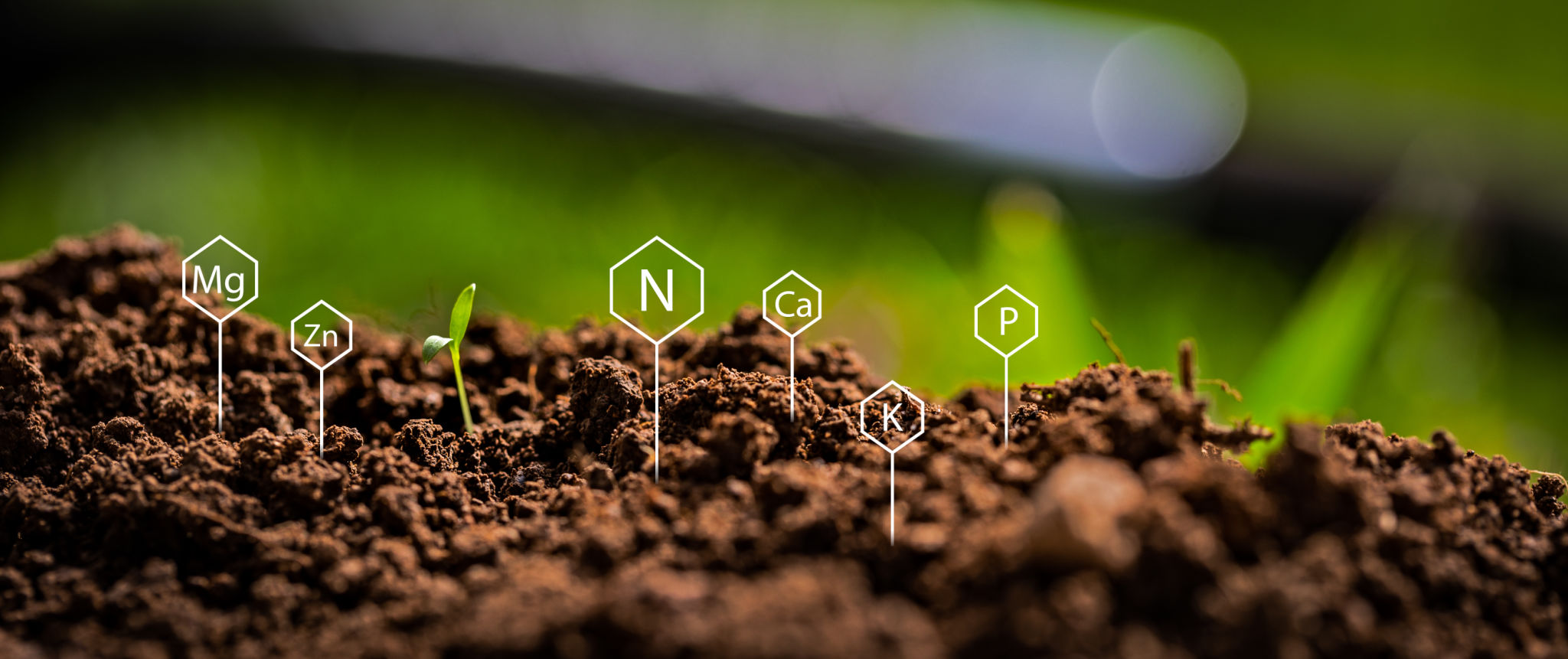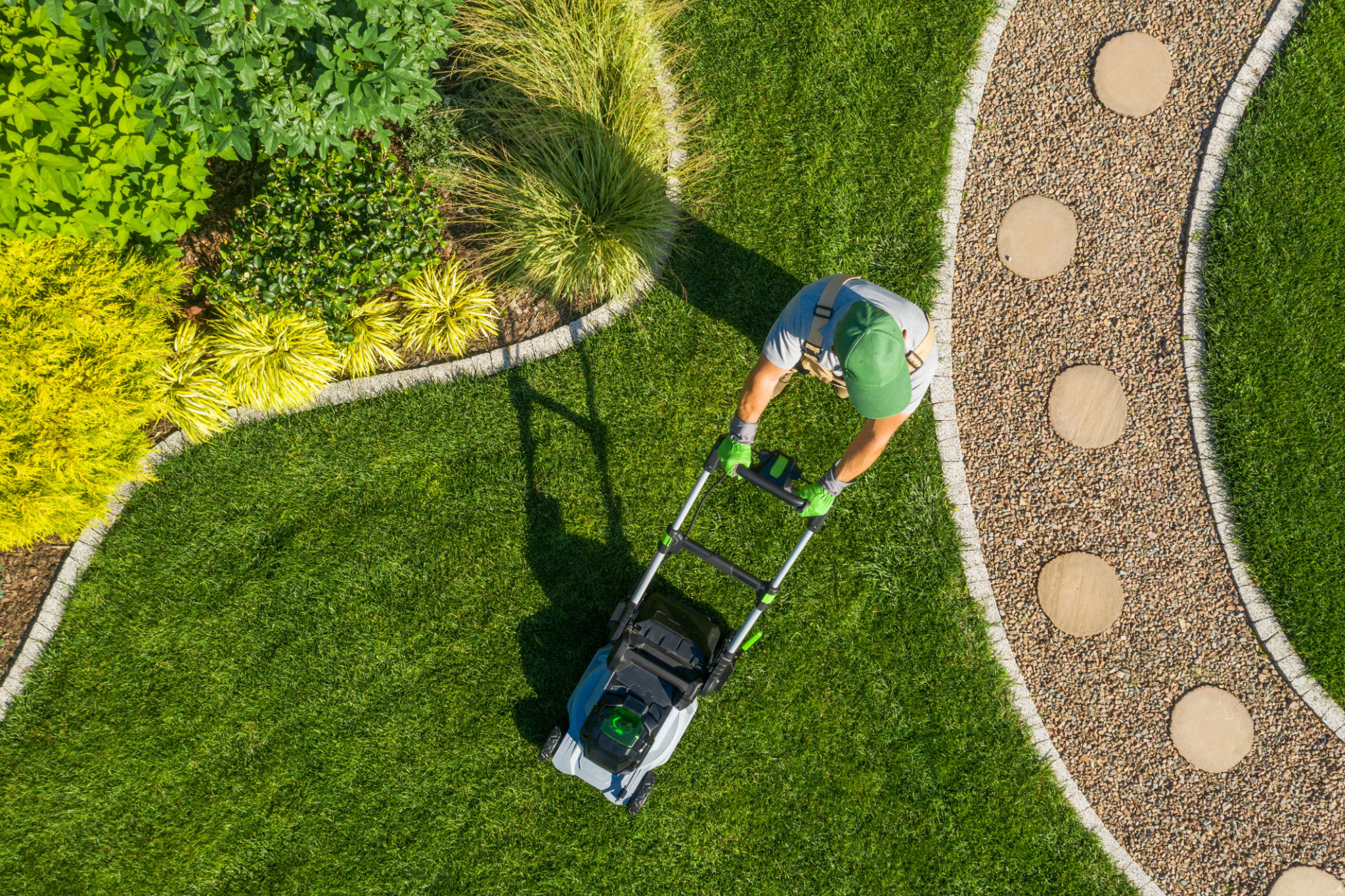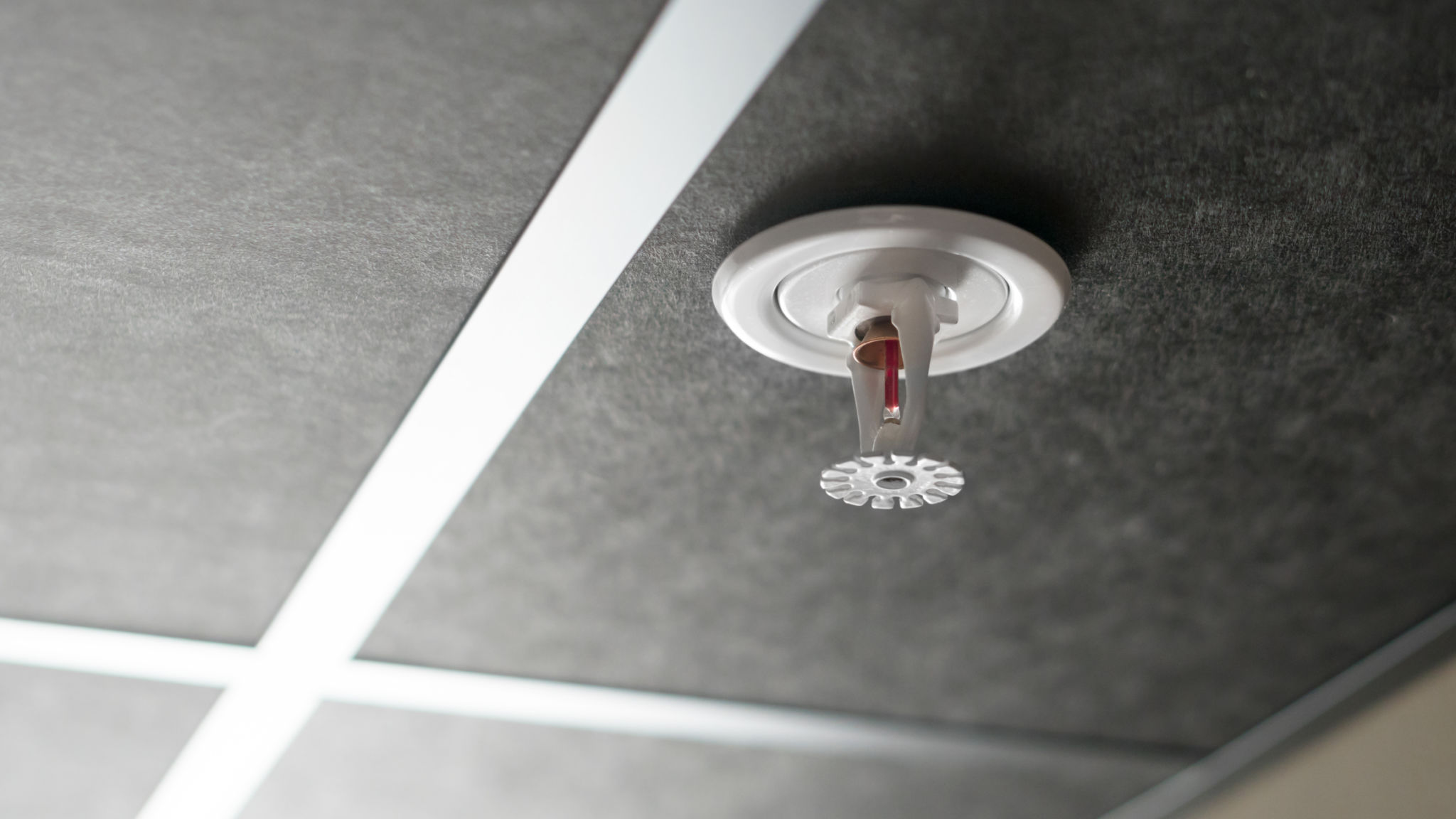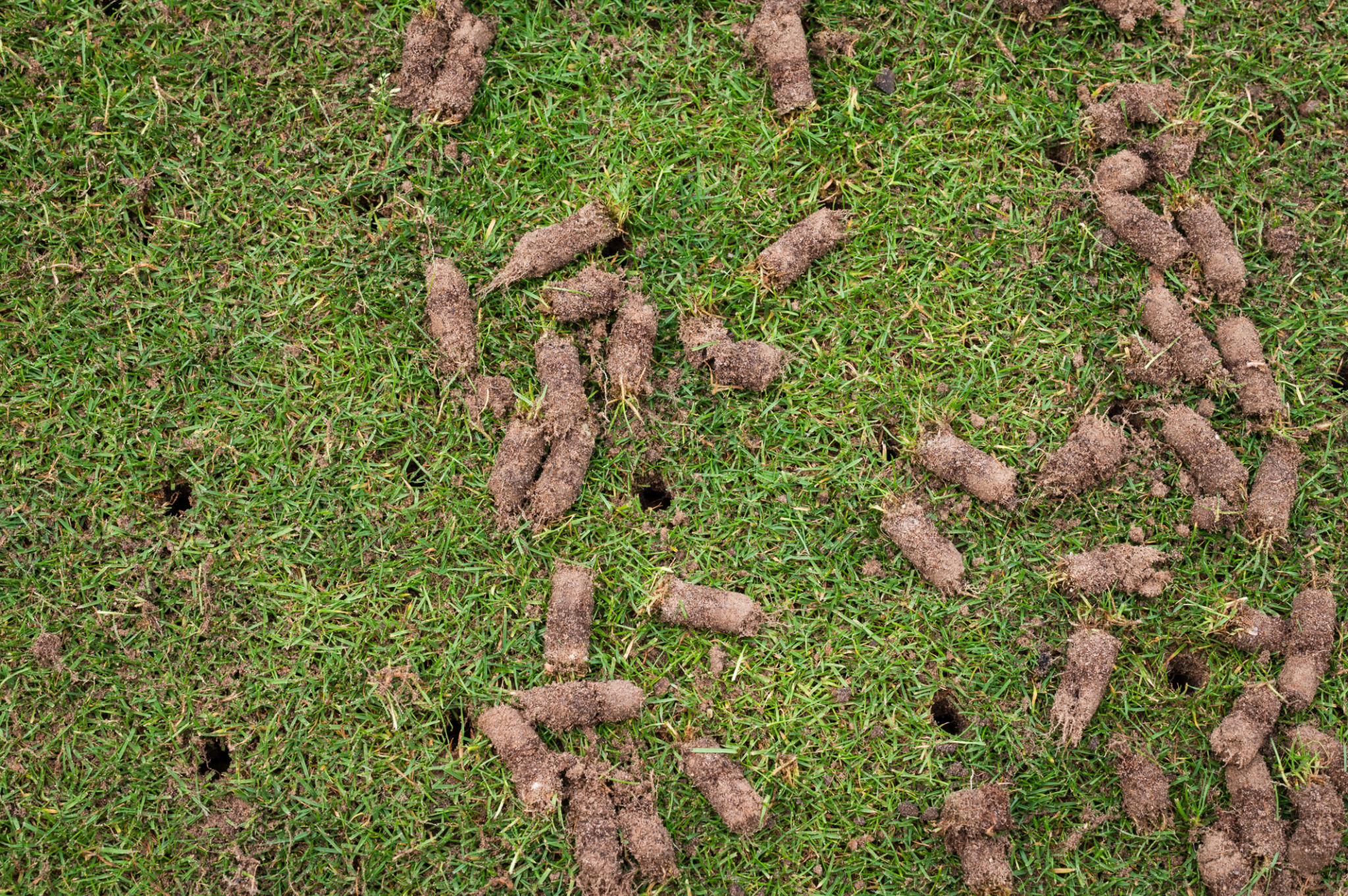DIY Lawn Care Tips for Homeowners on the Kapiti Coast
Understanding Your Soil
Before diving into lawn care, it's essential to understand the type of soil you have on the Kapiti Coast. This region often features sandy and loamy soils, which can impact how well your lawn retains nutrients and water. Conducting a soil test can help determine pH levels and nutrient deficiencies. Based on the results, you may need to amend your soil to create the perfect environment for grass growth.
Incorporating organic matter such as compost can improve soil structure and nutrient content. This is particularly important if your soil is sandy, as it will help retain moisture and support healthy roots.

Mowing Tips for a Lush Lawn
Proper mowing is crucial for maintaining a healthy lawn. During the growing season, aim to mow your lawn once a week. Keep your mower blades sharp to ensure clean cuts, as dull blades can tear grass and make it more susceptible to diseases.
Set your mower height to about 3 inches. Taller grass shades the soil, reduces water evaporation, and inhibits weed growth. Additionally, vary your mowing pattern each time to prevent soil compaction and promote even growth.

Watering Wisely
The Kapiti Coast’s climate can vary, so understanding when and how much to water is essential. Aim to water your lawn early in the morning to minimize evaporation and fungal diseases. It's best to water deeply and infrequently, providing about 1 inch of water per week, including rainfall.
Consider installing a rain gauge to measure how much water your lawn is receiving. This will help you adjust your watering schedule accordingly and conserve water.

Fertilizing for Optimal Growth
Fertilizing is an important aspect of lawn care that provides essential nutrients for grass growth. Use a slow-release fertilizer suited for the specific needs of your grass type. Ideally, fertilize in early spring and again in late autumn to support growth during these critical periods.
Always follow the manufacturer's instructions when applying fertilizer to avoid over-fertilization, which can harm your lawn and the environment. For an eco-friendly option, consider using organic fertilizers or natural amendments like seaweed extract.
Managing Weeds and Pests
Keeping weeds and pests under control is vital for maintaining a pristine lawn. Regular mowing will help prevent weeds from going to seed, while a healthy lawn will naturally crowd out many unwanted plants. For persistent weeds, spot-treat with a targeted herbicide or organic alternative.
Pests such as grubs can damage lawns by feeding on roots. Monitor your lawn for signs of damage, such as brown patches, and treat with appropriate pest control methods if necessary.

Aeration and Dethatching
Aeration is a crucial practice that involves perforating the soil with small holes to allow air, nutrients, and water to penetrate the grass roots. This process helps alleviate soil compaction, especially in high-traffic areas of your lawn. Consider aerating your lawn once a year during the growing season.
Dethatching, on the other hand, involves removing the layer of dead grass, roots, and debris that can accumulate between the soil and living grass. A thin layer of thatch is normal, but too much can prevent water and nutrients from reaching the soil.

Conclusion
Maintaining a beautiful lawn on the Kapiti Coast doesn't have to be daunting. By understanding your soil, mowing correctly, watering wisely, and staying on top of fertilization, weeds, pests, aeration, and dethatching, you can enjoy a lush and healthy outdoor space year-round. With these DIY tips, you'll be well on your way to achieving an enviable lawn that complements the natural beauty of the Kapiti Coast.